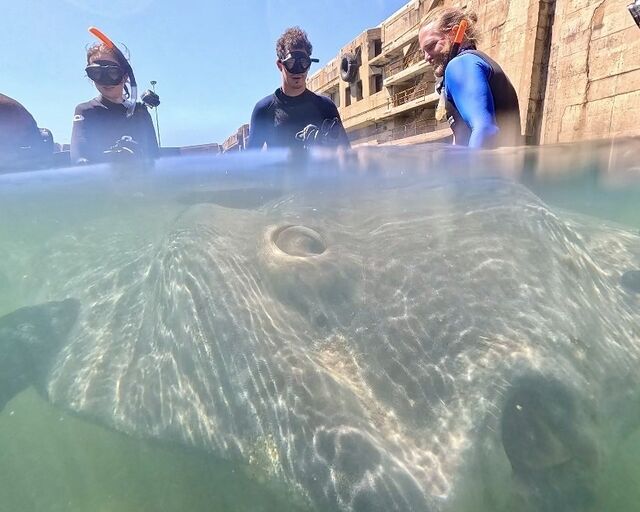Tag, you’re it! The basics of turtle tagging
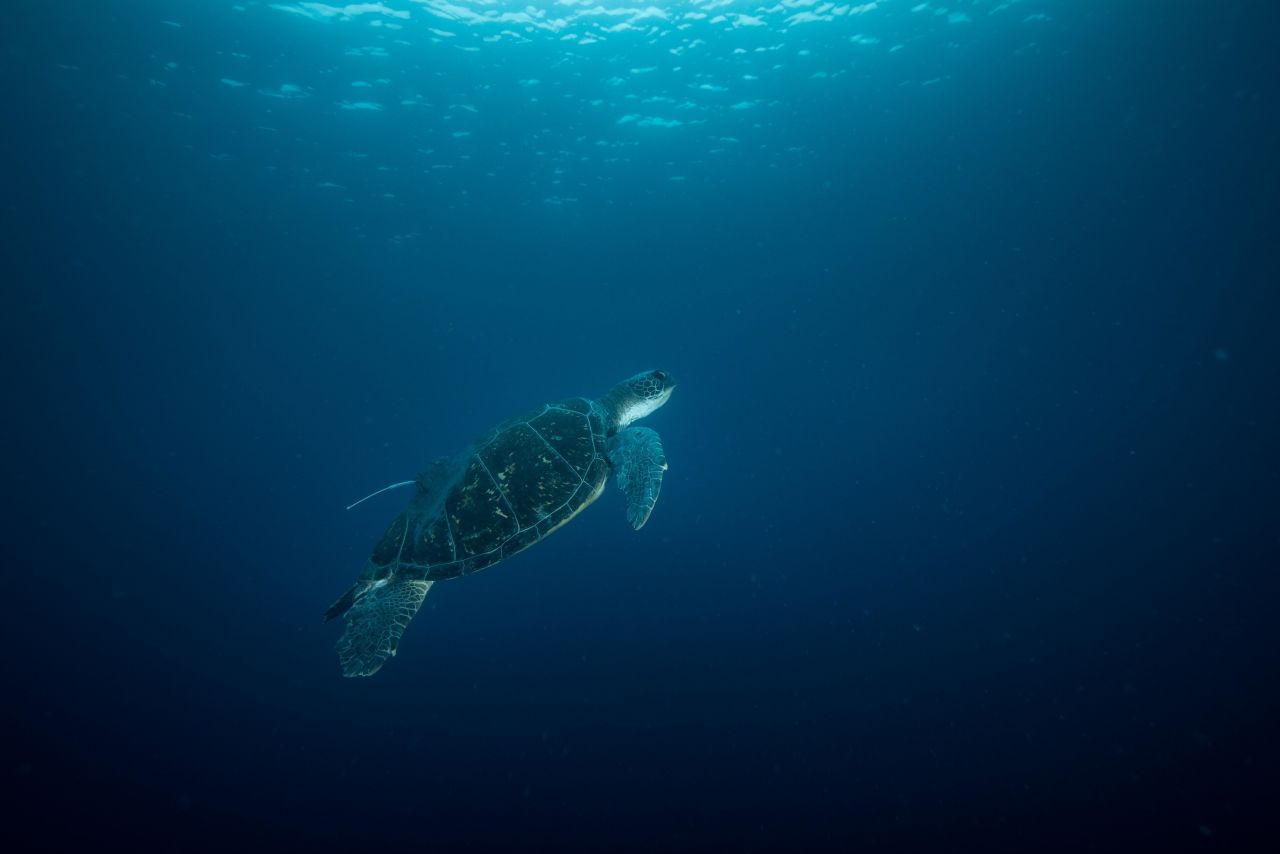
You might have heard of tagging lions and elephants, or even microchipping your pet, but did you know that scientists can also attach tags to turtles and other marine animals to keep track of where they go? Tagging is a central part of marine science and conservation efforts, allowing researchers to track turtles’ migration patterns, nesting sites, growth rates, and distribution. At its core, tagging is about identifying individual turtles. But these individual turtles can tell a much bigger story.
What kinds of tags are there?
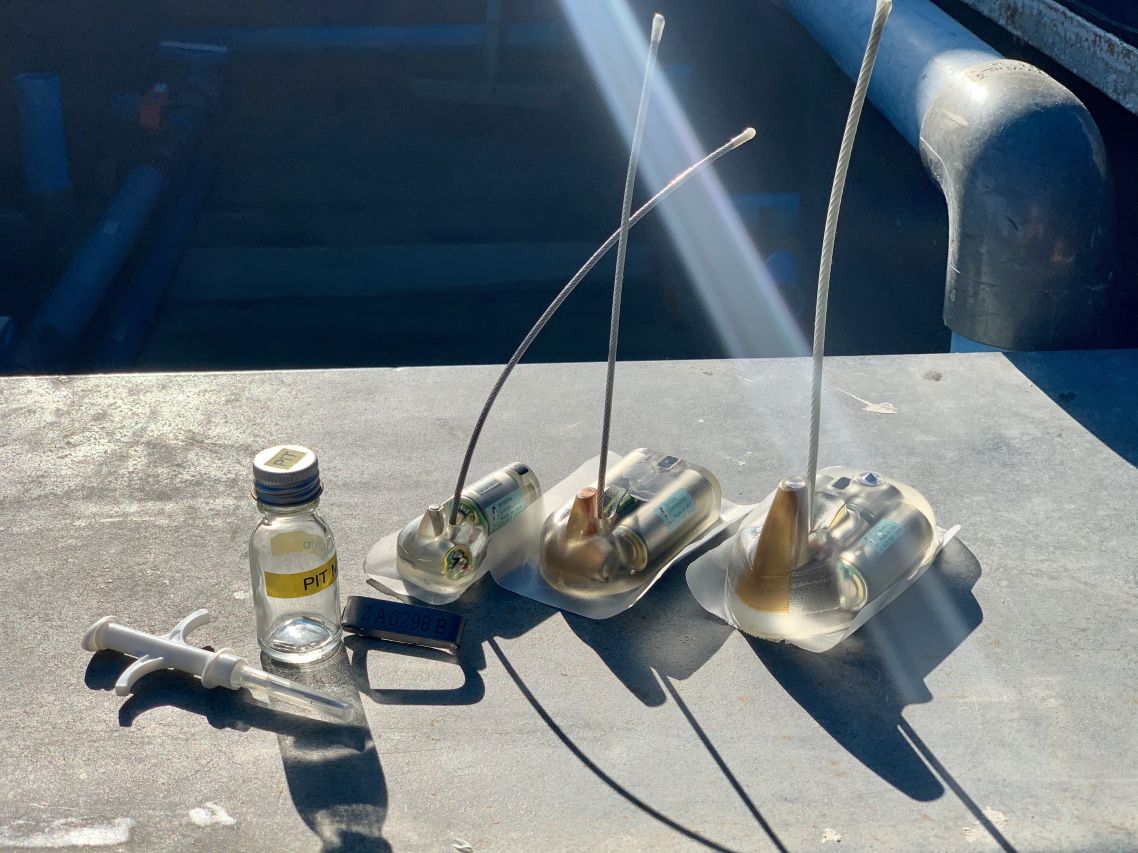
Flipper tagging
Flipper tagging is the most commonly used method for tracking turtles due to its relative simplicity. A flipper tag is just what it sounds like - a small, unobtrusive device on the turtle’s flipper. Flipper tags are typically made from metal, like titanium, or an alloy that resists salt water. Despite being quite basic, this type of tag can identify the turtle and provide scientists with important information, such as the date it was tagged and the place of release. These details are stamped onto the tag by way of a numeric code. When flipper tagging, it is vital that one places the tag correctly, keeping in mind the swimming dynamics of the turtle species in question. A flipper tag should not hinder the turtle's movement or natural behaviours at all.
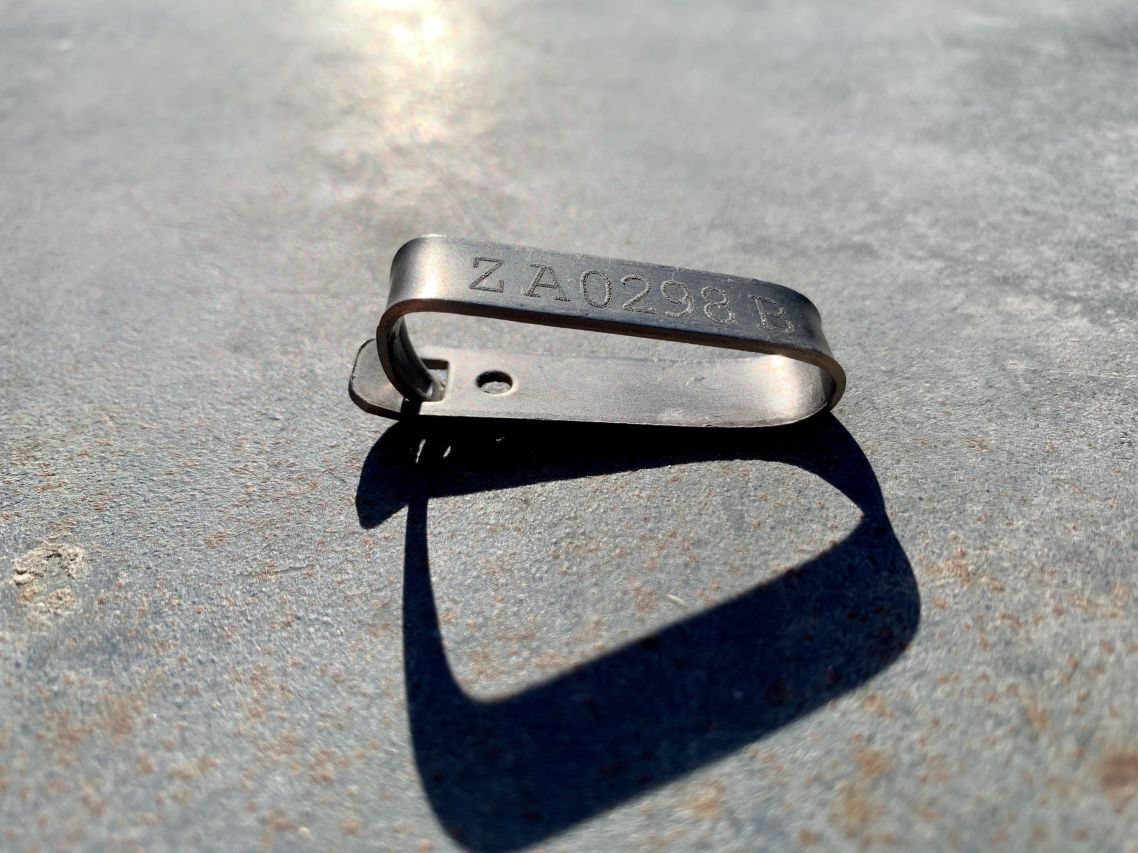
Passive Integrated Transponder (PIT) tagging
Passive integrated transponder (PIT) tags are injected under the skin. These tags are about the size of a grain of rice! They are typically injected into the shoulder muscle, where the tag is protected from abrasion, breakage, and corrosion. PIT tags are microprocessors sealed in glass that provide information when scanned. When a scanner is passed over the PIT tag, its radio frequency triggers the tag, which reflects the scanner’s radio waves. Thus, the scanner can detect the tag's unique code. PIT tags are one of the most reliable methods with low failure rates, as they are small and last a lifetime. They are useful for longer-term studies, although they require special machinery to read the tags.

Acoustic tagging
Acoustic tags are usually externally attached to a turtle. The tags transmit a high-frequency noise, or “ping” sound, and can be heard as far as half a kilometre away. Acoustic receivers, strategically placed around certain areas, receive these periodic pings. The receivers can be placed on anchored buoys, underwater cables, or existing oil and gas platforms. They can even be carried by other marine animals, such as elephant seals, but this is not as common. The accuracy of acoustic receiving is dependent on the position of the tag relative to the receivers, background noise relative to the ping’s frequency, and accuracy of the speed of sound through water. Transmissions can range from 1km to 25km. Tagged turtles can be tracked for anything from days to years, with study duration determined by battery life, attachment efficacy and data complexity. Both active and passive acoustic tracking is used. Active tracking involves a hand-held hydrophone which monitors sounds from the acoustic tags. Passive tracking involves stationary receivers that constantly scan for frequencies.
Satellite tagging
Satellite tags are radio transmitters that are attached to the turtle’s carapace, or top shell. These tags emit signals that are detected at certain time intervals by satellites orbiting the Earth. Locations with varying accuracy can be assigned, depending on the signals received from individual tags. Satellite tags can provide GPS coordinates, dive time, depth, swimming speed, and even water temperature. This information can be used to plot the turtle’s path around the world. Even if the turtle swims thousands of kilometres from its release site, satellite technology can track it.
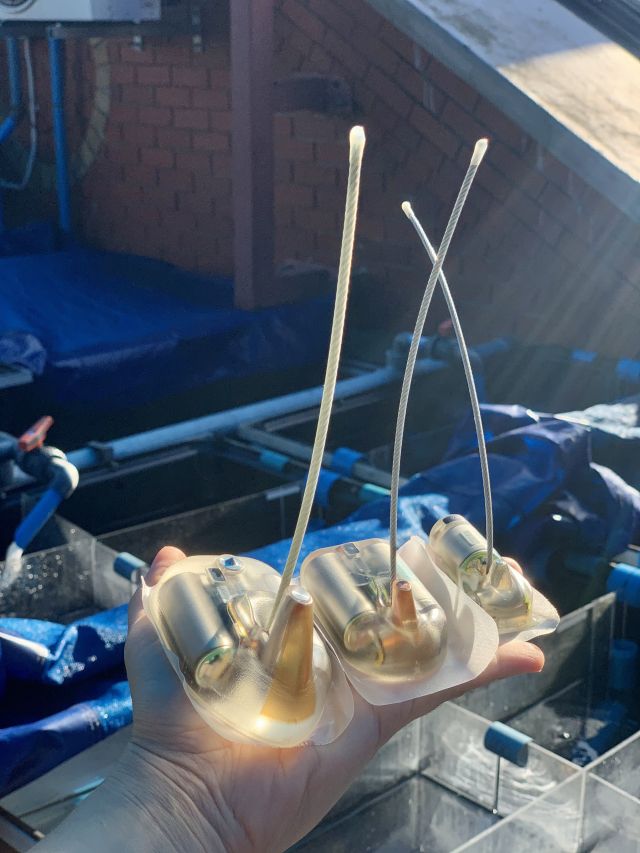
Bob, the beloved green turtle released in January 2023, is kitted out with satellite, acoustic and flipper tags.
What happens when a turtle loses its tag?
It's important to note that tagging programmes must measure tag loss. When a turtle is found without tags, researchers must have a way to tell whether it has been tagged before or perhaps lost or outgrew its tags. Measuring the extent of tag loss is crucial in accurately interpreting the data and consequent adjustment. Double tagging is a great way to ensure that a turtle can be identified, even if one of its tags is lost. This reduces the statistical chance that a turtle would be found without any tags – coupling PIT or satellite tagging methods with flipper tags is a common strategy. Bob, with his three tags, will definitely be on our radar for a long time – we are very excited to watch where he goes!
Tagging is instrumental in our understanding of turtle lifestyles and can play a crucial role in conservation efforts. Turtles spend most of their lives at sea, making them difficult for researchers to properly study. The knowledge provided by tagging data is a window into the elusive world of turtles, giving insight into how we, as humans, can help to conserve turtle populations.

